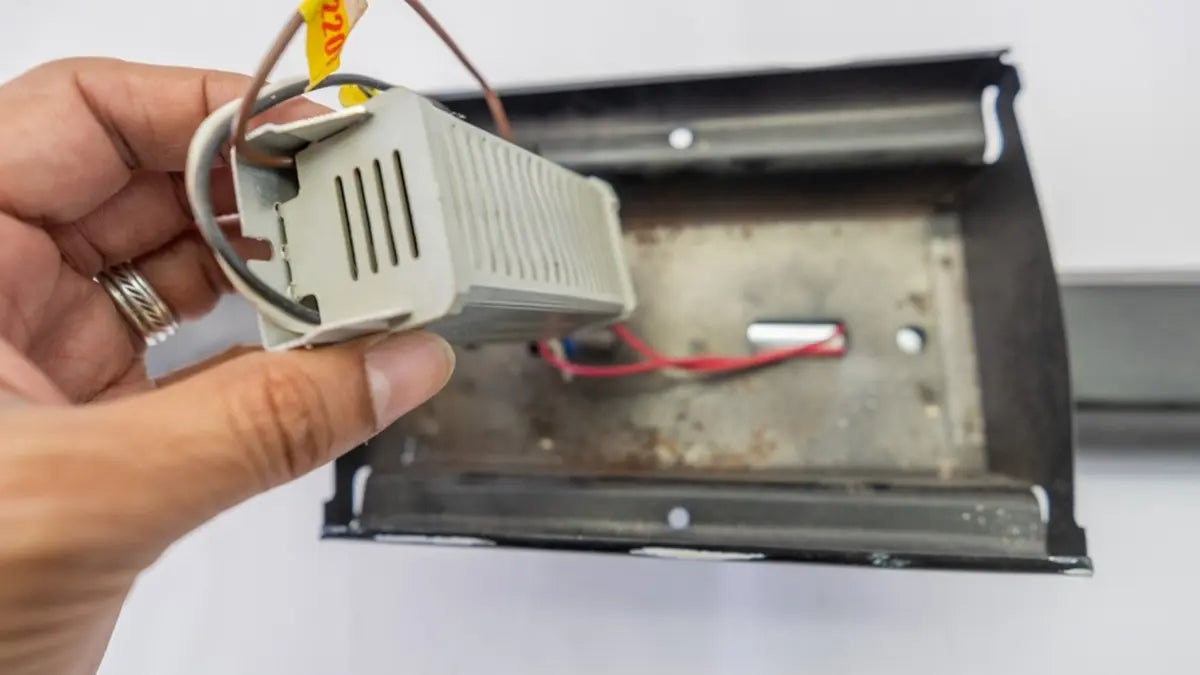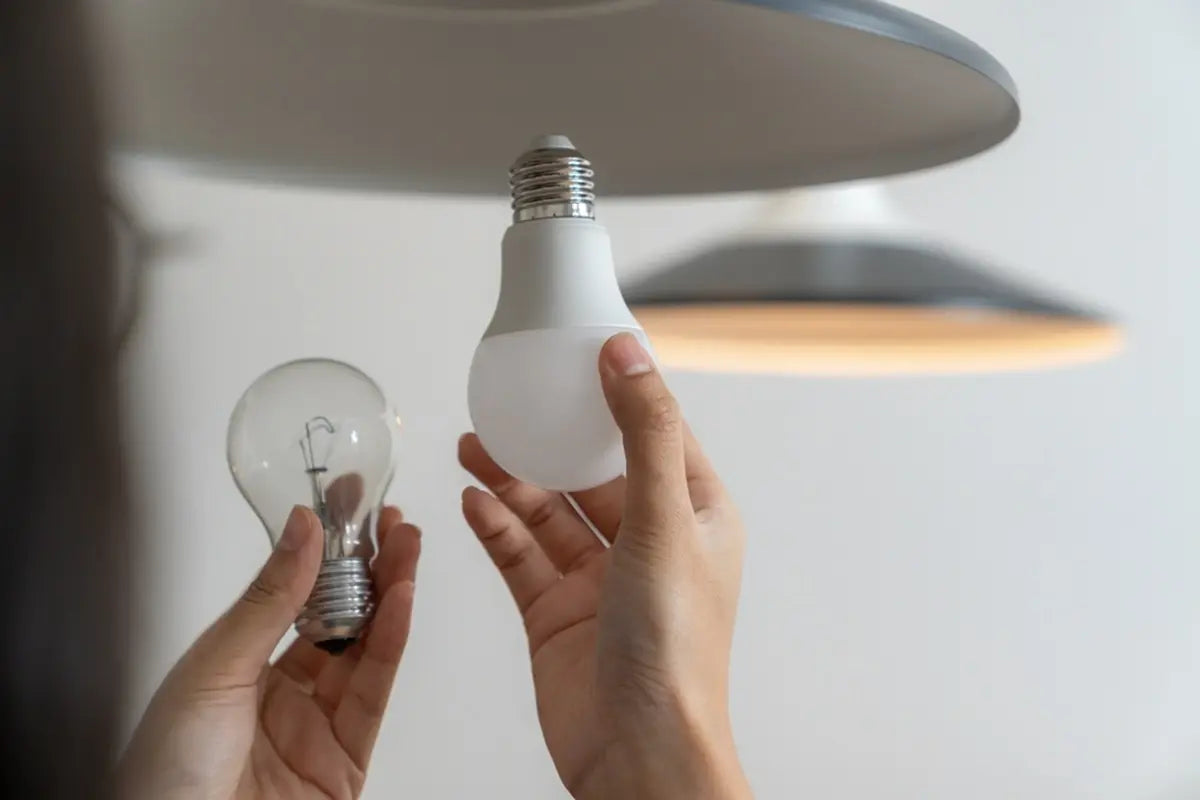Is your fluorescent light flickering or making strange noises?
I've been there. As an experienced electrician, I've tested countless ballasts, and I'll walk you through exactly how to test a fluorescent lamp ballast yourself.
What You'll Learn in This Guide
- Essential safety precautions for ballast testing
- Step-by-step testing process with a multimeter
- Common signs of ballast failure
- When to replace vs. repair your ballast
- Expert tips for accurate testing
Safety First: Before You Test Your Ballast
I can't stress this enough - safety is crucial when working with electrical components. Here's what you need to do:
- Switch off the power at the circuit breaker
- Double-check with a voltage tester
- Put on rubber-soled shoes
- Wear insulated gloves
Tools You'll Need for Ballast Testing
Let me share what's in my toolkit when I test a fluorescent lamp ballast:
| Essential Tools | Optional Tools | Safety Equipment |
| Digital multimeter | Wire strippers | Safety glasses |
| Screwdriver set | Needle-nose pliers | Insulated gloves |
| Voltage tester | Wire labels | Work light |
Signs Your Ballast Needs Testing
I often get asked how to know when to test a ballast. Watch for these warning signs:
- Flickering lights
- Buzzing or humming sounds
- Delayed start-up
- Different brightness levels
- Dark ends of the tubes
- Burnt smell
Step-by-Step: How to Test a Fluorescent Lamp Ballast
1. Prepare the Fixture
- Remove the fluorescent tubes carefully
- Take off the fixture cover
- Locate the ballast (usually a rectangular metal box)
2. Visual Inspection
Before testing, I always look for:
- Bulging or leaking capacitors
- Burn marks
- Loose connections
- Discoloration
3. Multimeter Testing Steps

Here's my proven process for testing a fluorescent lamp ballast:
1. Set your multimeter to ohms (Ω)
2. Test input wires:
- Black to white (should read 100-500 ohms)
- Black to ground (should read infinite)
3. Test output wires:
- Between any two colored wires (typical range: 50-200 ohms)
- Each colored wire to ground (should read infinite)
4. Voltage Testing
With power restored:
- Set meter to AC voltage
- Test input voltage (should match ballast rating)
- Check output voltage between lamp terminals
Common Ballast Test Results
What your readings mean:
| Reading Type | Good Ballast | Bad Ballast |
| Input Resistance | 100-500Ω | <50Ω or ∞ |
| Output Resistance | 50-200Ω | <10Ω or ∞ |
| Input Voltage | 120V/277V | Significantly different |
| Continuity to Ground | No continuity | Any continuity |
Expert Tips for Accurate Testing
I've learned these tricks through years of experience:
- Always test twice to confirm readings
- Clean connection points before testing
- Use quality test leads
- Record your readings for comparison
When to Replace vs. Repair
In my experience, replacement is usually better than repair when:
- The ballast is over 5 years old
- There's visible damage
- Multiple test readings are off
- You smell burning or see leakage
Troubleshooting Common Issues
Having problems? Here's what I typically check:
- Incorrect readings? Verify meter settings
- Inconsistent results? Clean connections
- No power? Check circuit breaker
- Multiple issues? Consider full fixture replacement
Final Thoughts
Testing a fluorescent lamp ballast isn't rocket science, but it requires attention to detail. I've found that taking your time and following these steps carefully leads to accurate results.
Note: If you're ever unsure, don't hesitate to call a professional. It's better to be safe than sorry when dealing with electrical components.
FAQs
Q: How often should I test my ballasts?
A: I recommend testing yearly or whenever you notice performance issues.
Q: Can I test without removing the tubes?
A: While possible, I always remove tubes for more accurate readings.
Q: What's the most common cause of ballast failure?
A: In my experience, age and heat stress are the primary culprits.
Q: How long do ballasts typically last?
A: Most quality ballasts last 5-7 years with proper maintenance.
Also Check Out
Fluorescent Lamp vs. LED: Which Option is Better For You









Leave a comment
All comments are moderated before being published.
This site is protected by hCaptcha and the hCaptcha Privacy Policy and Terms of Service apply.